“You didn’t see that coming?”
Faster. The world was moving faster. There was no stopping it… Cars. Music, Dances. Roaring toward a new freedom… Keep up, old man…
—Elizabeth MacDougald as Quicksilver
This week, we return to Erin Gallagher’s gender-bent Jazz Age superhero series with a look at Quicksilver as portrayed by Elizabeth MacDougald, decked out in 1920s Gallagher glam.
The speedy Quicksilver is a fascinating comic character: in Marvel comics, he’s an Avenger but also a mutant, along with his sister Wanda Maximoff, aka the Scarlet Witch. Children of the X-Men’s original archenemy Magneto, Quicksilver and the Scarlet Witch are among the most powerful mutants. They have long been associated with the Avengers, but their mutant heritage grounds them in the X-Men story. In the comics, it has always been interesting to see how, as “heroes,” Quicksilver and the Scarlet Witch react to their powerful father’s actions.
Quicksilver was the end of a mega-session in late 2019 where we began with T’Challa from the same Jazz Age series, proceeded to a red dress inspired by Number Six from Battlestar Galactica, and finished with Quicksilver, the most technically complex of the three.
First, a word from designer Erin Gallagher, who commissioned this series.
The Series
“For the Gender-Bent Marvel Hero Series I really wanted to explore women of the Jazz Age. These women were riotgrrrls in their own right. The focus for Quicksilver was: speed (and how on earth was I going to convey that in a photo?). In my designer’s eye, I didn’t want the outfit to get lost in any sort of blur. I decided it had to be a very specific ratio of bling-to-fabric so that the model’s outfit, features, and character work wouldn’t get lost in the bright lighting. The outfit was made from four vintage silk beaded curtains and a fair amount of repurposed and recycled trims and motifs from assorted antique garments. If you blinked, you already missed it.”
—Erin Gallagher
The Photograph
After shooting some stock images of the costume against a white background, we set up some black flats and asked our subject to run in slow motion from one end of the frame to another, hitting a taped mark at exactly five seconds.
The reason for this was to capture the kinds of motion trails you see behind Quicksilver as he speeds from frame to frame in the comic book. To do this, we placed the camera on a tripod to keep it still and set our Speedlite flash to second (or “rear”) curtain sync mode and set our shutter speed to ten seconds. This means that after pressing the trigger, the shutter stays open for ten seconds, capturing the subject’s motion as a blur across the frame, but just before the shutter closes, the flash fires, freezing the subject in place. Thus, the subject appears crisp while leaving a motion trail behind.
I learned to use this technique from Chris Bellezza at Chicago Photography Academy. It takes some patience and rehearsal, but the effects are fun. We created this picture in that class by waving our cell phones (each with a different color on our screen) back and forth. At the end of the exposure, the subject stepped in.
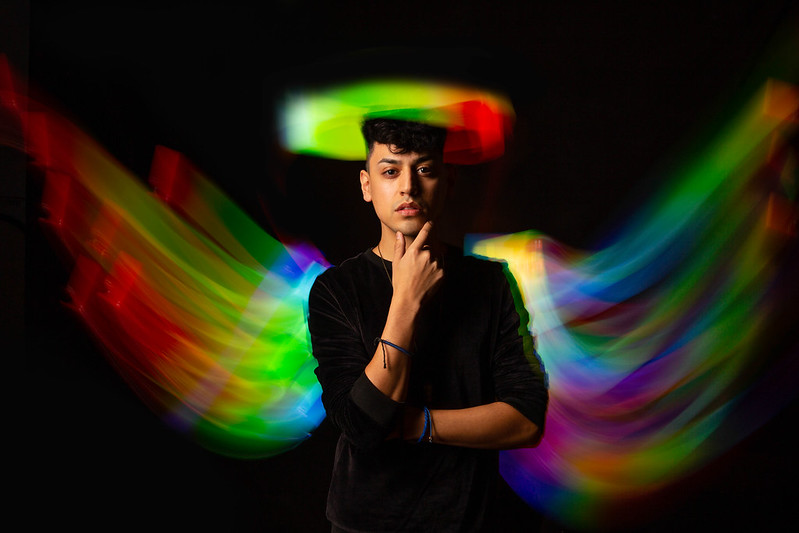
Below, two other images from the session where we used second curtain sync to create some motion trails. There is a cool, abstract feel to them, especially after adjusting the color and contrast.
The photo took more shape when I got it into Photoshop, where I exaggerated the effects and enhanced the blur, added some texture and other effects to the image. Most often, the place we arrive at the end of the photo isn’t quite where we imagined at the start, but the enjoyment is in the journey. For instance, the stars in the image appeared as an afterthought, stumbling upon a star effect that I found at random. They take the image in another direction, perhaps, but somehow they added to the concept.
Check out Erin Rose Design on Facebook, Instagram, and (soon) on her site!

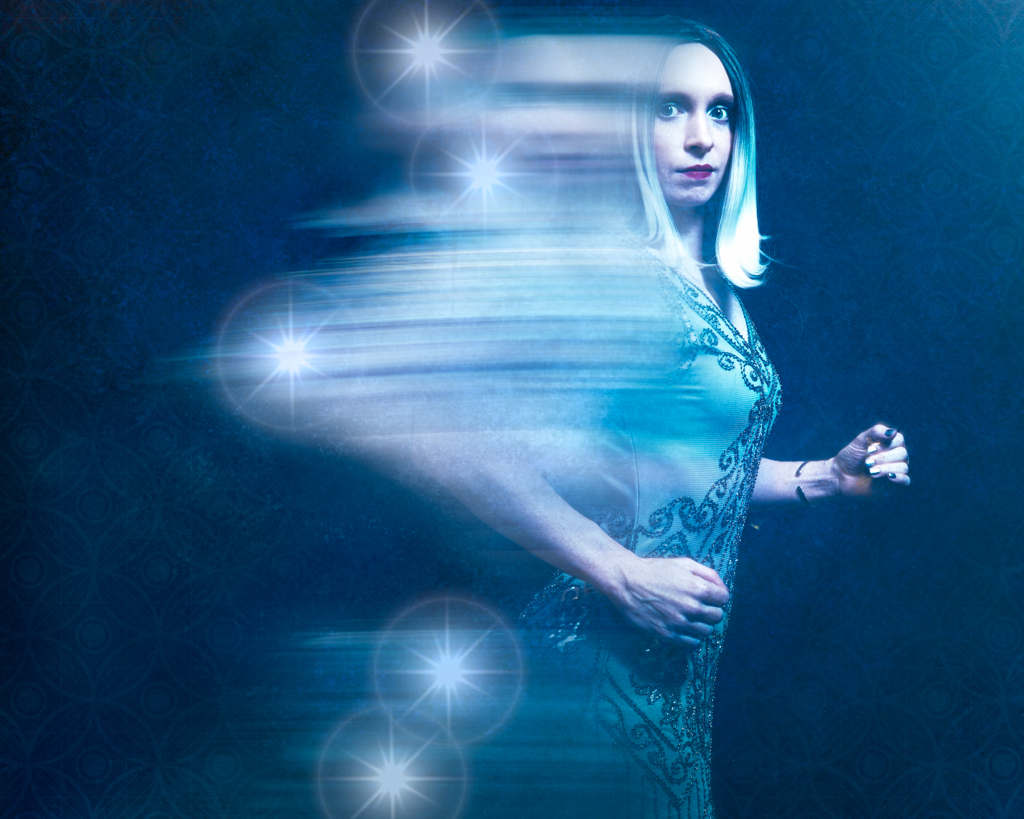
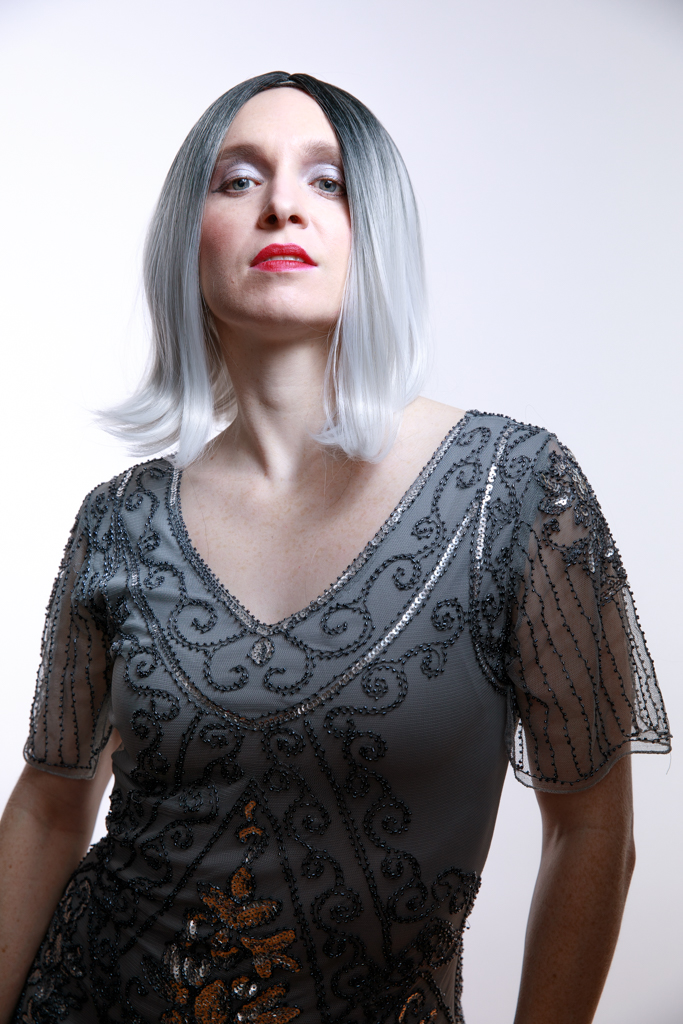
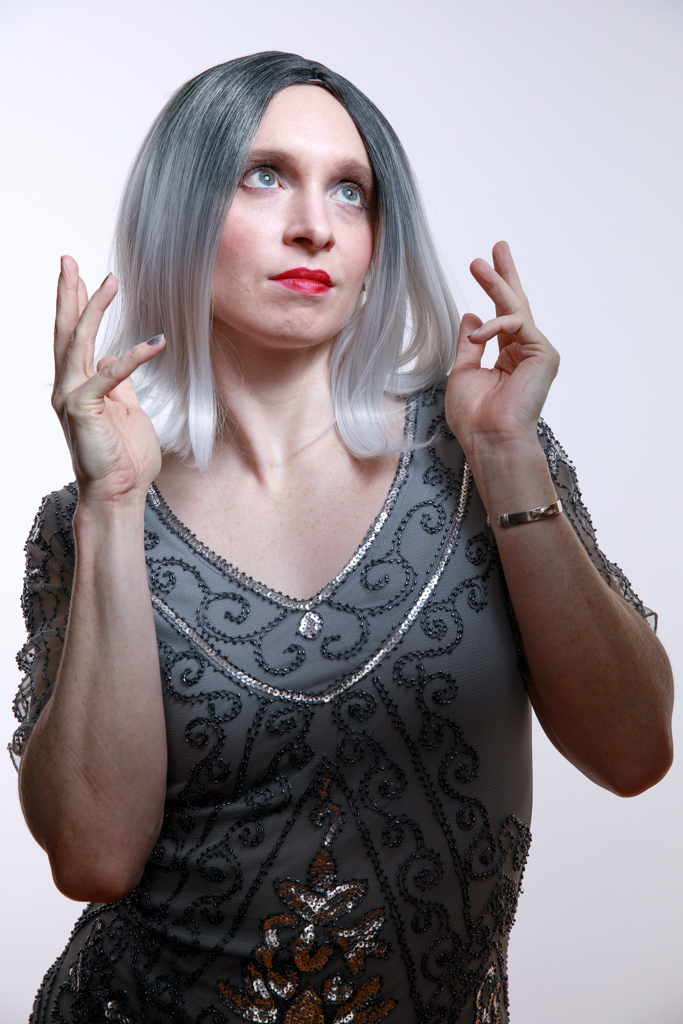
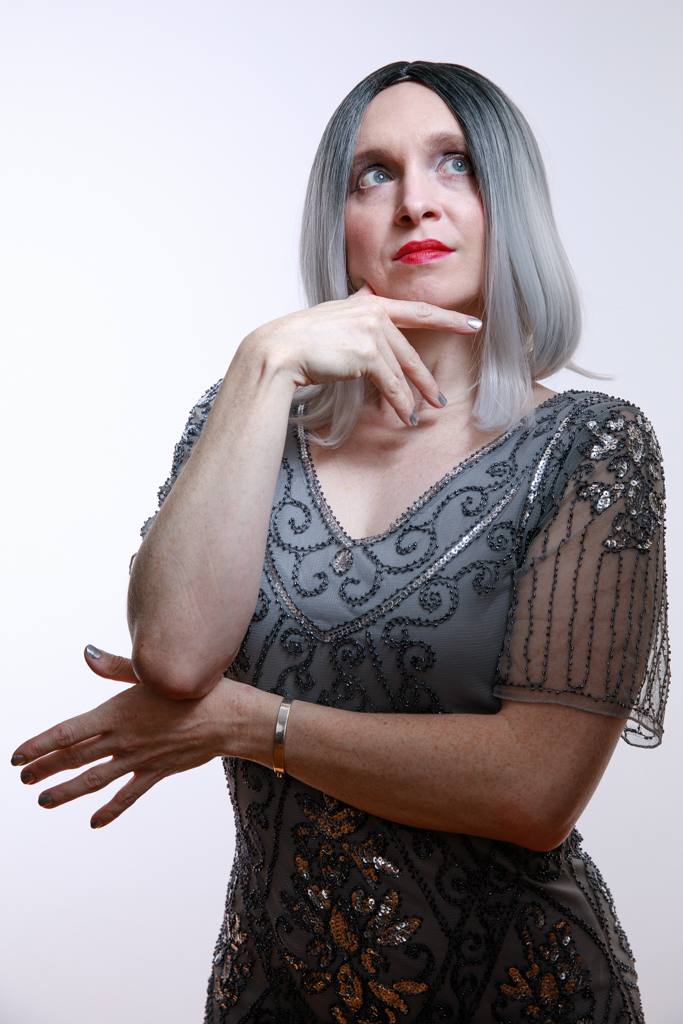
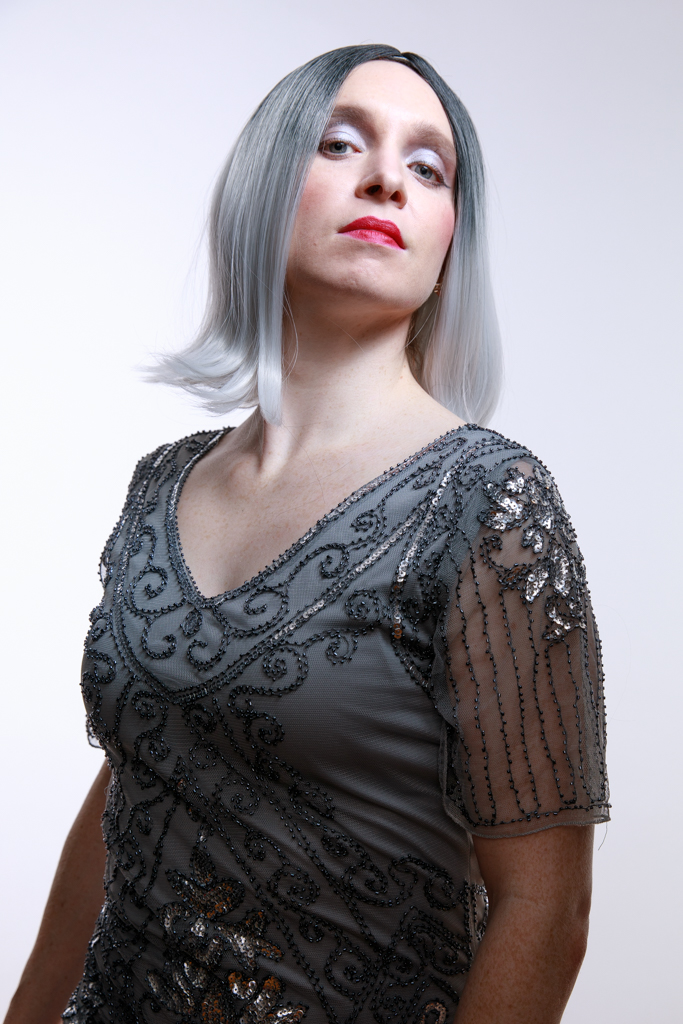
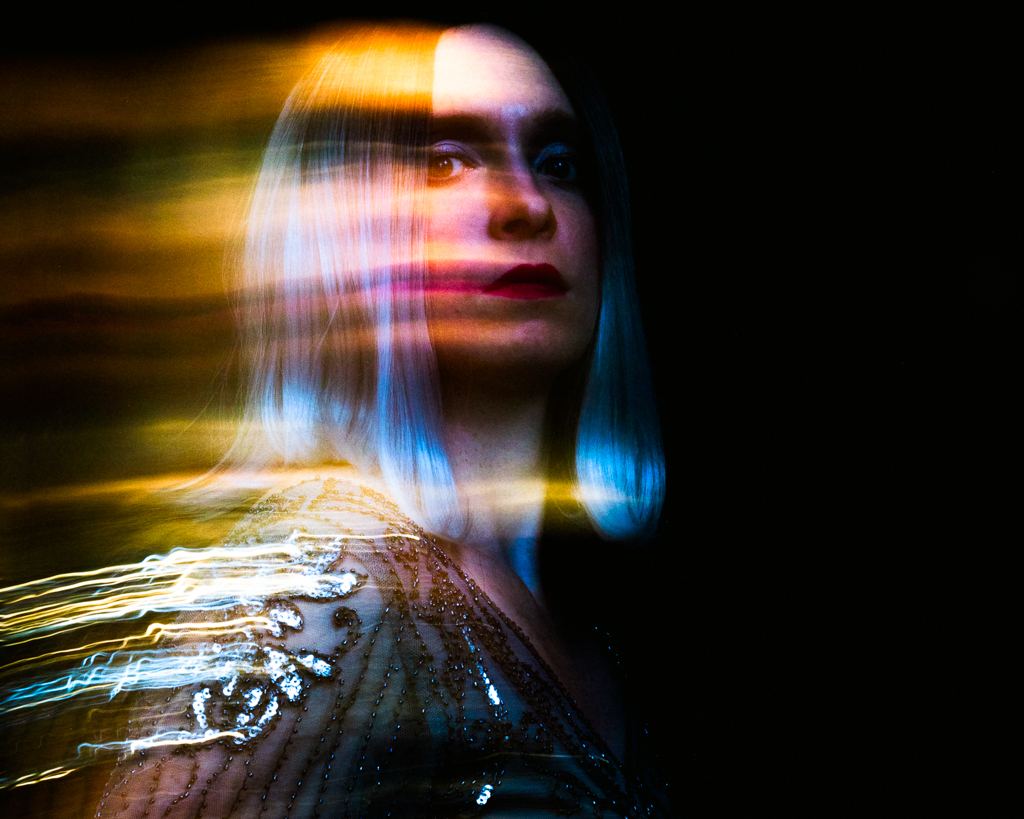
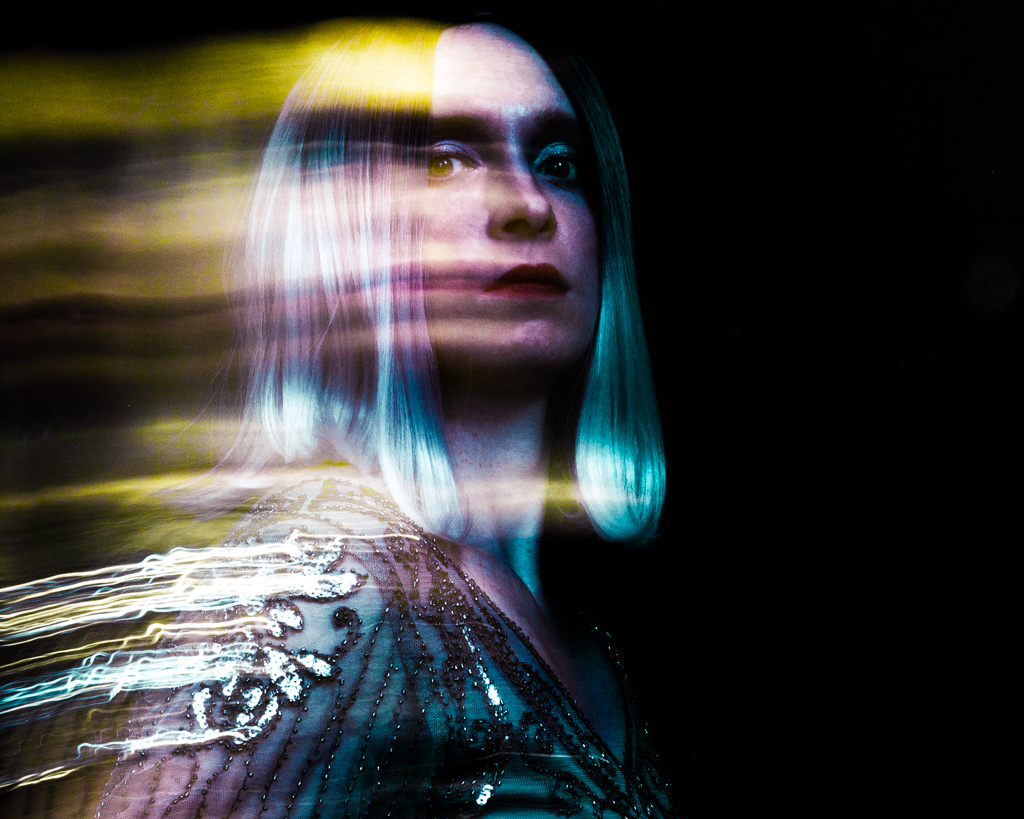
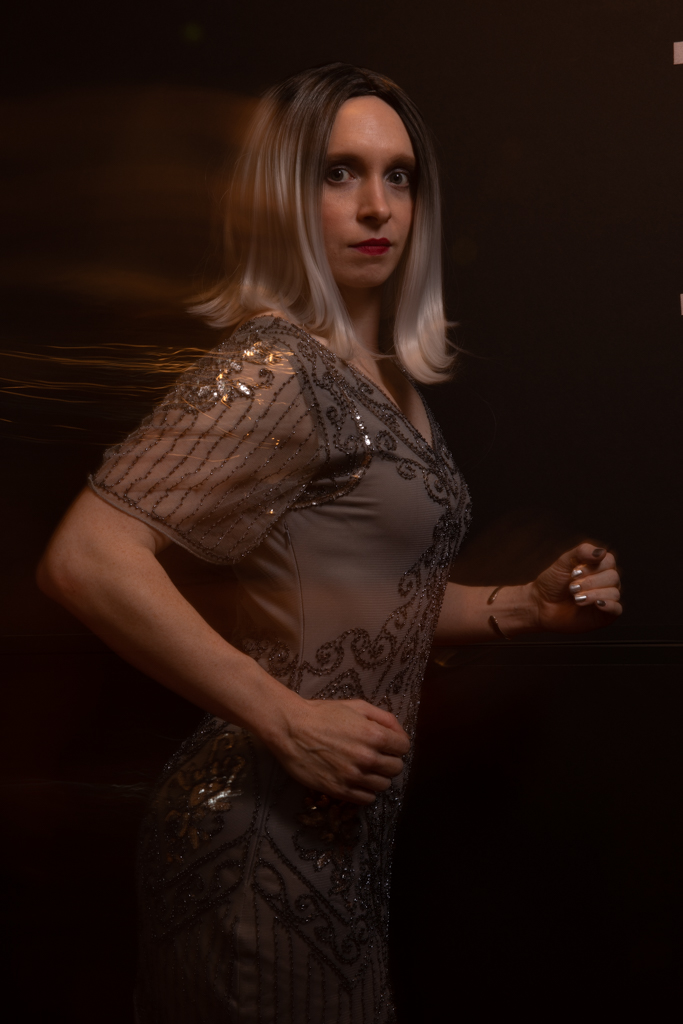
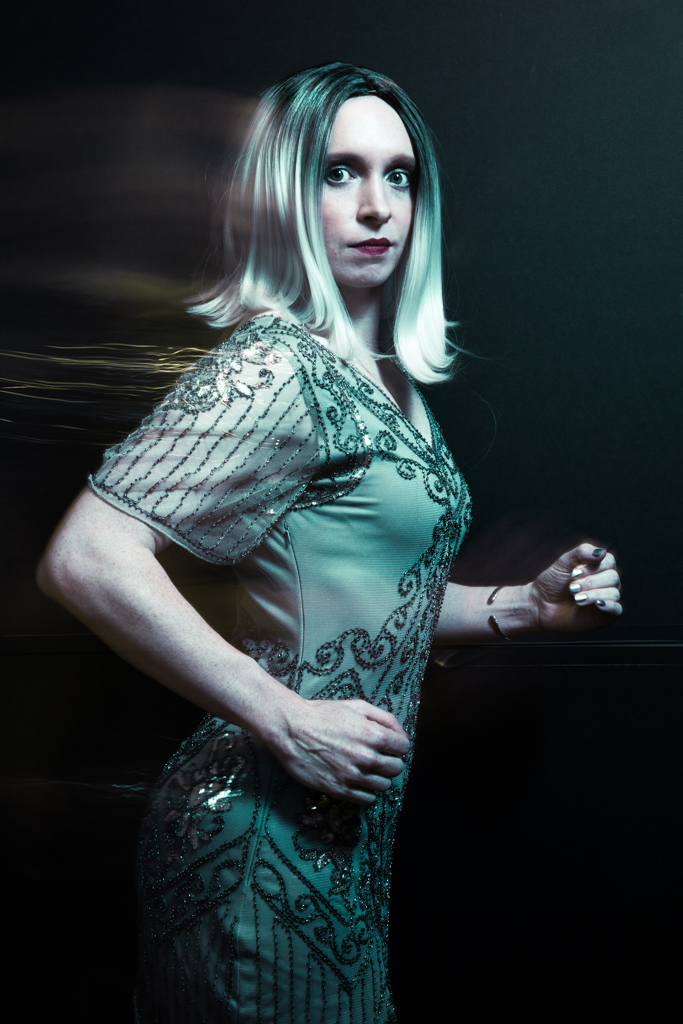
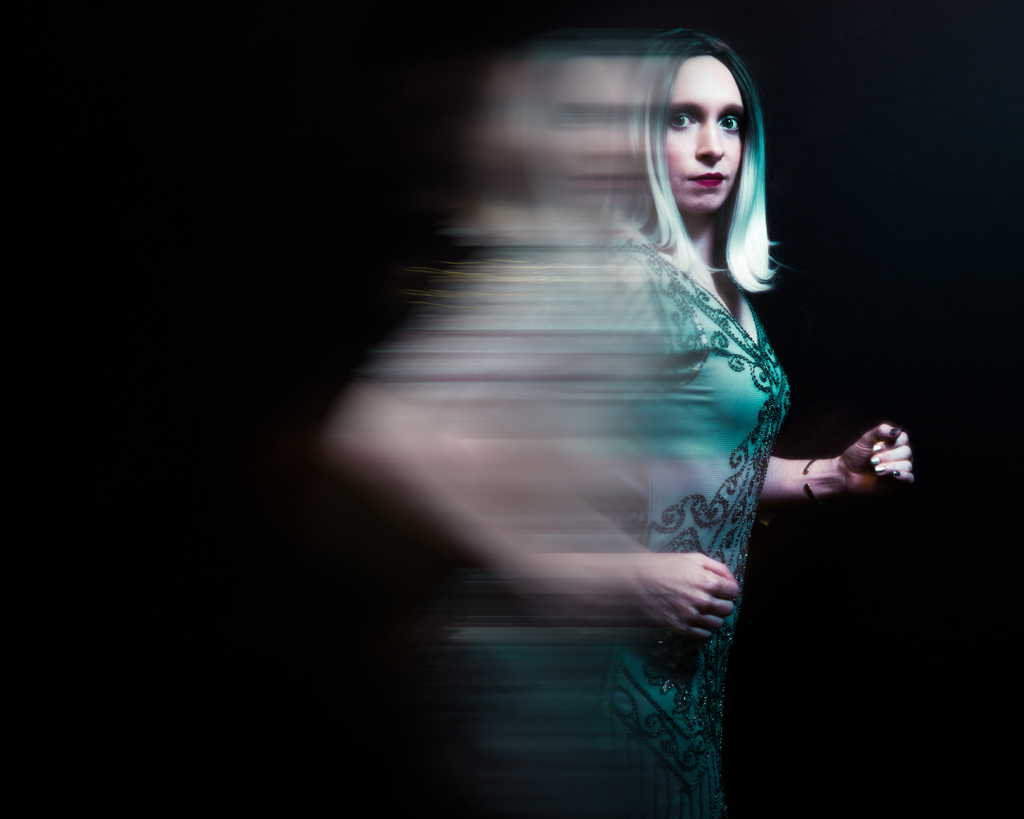

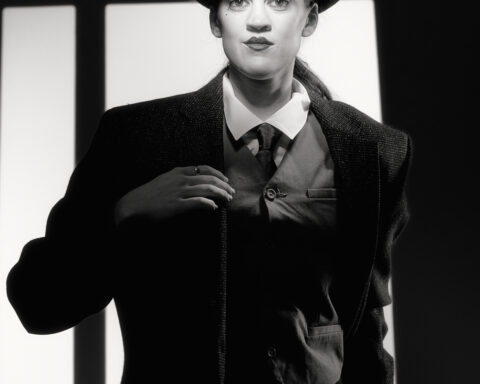
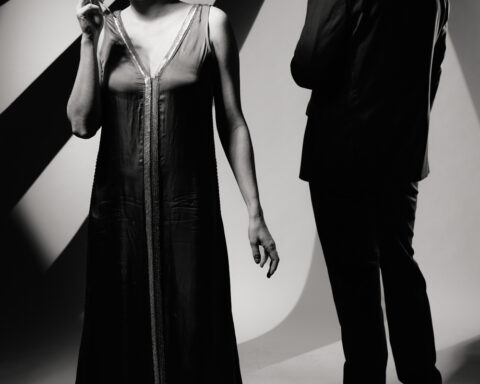
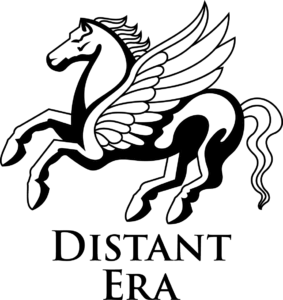
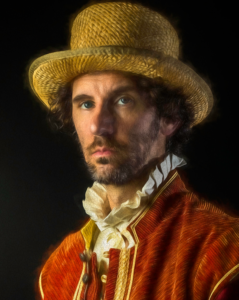

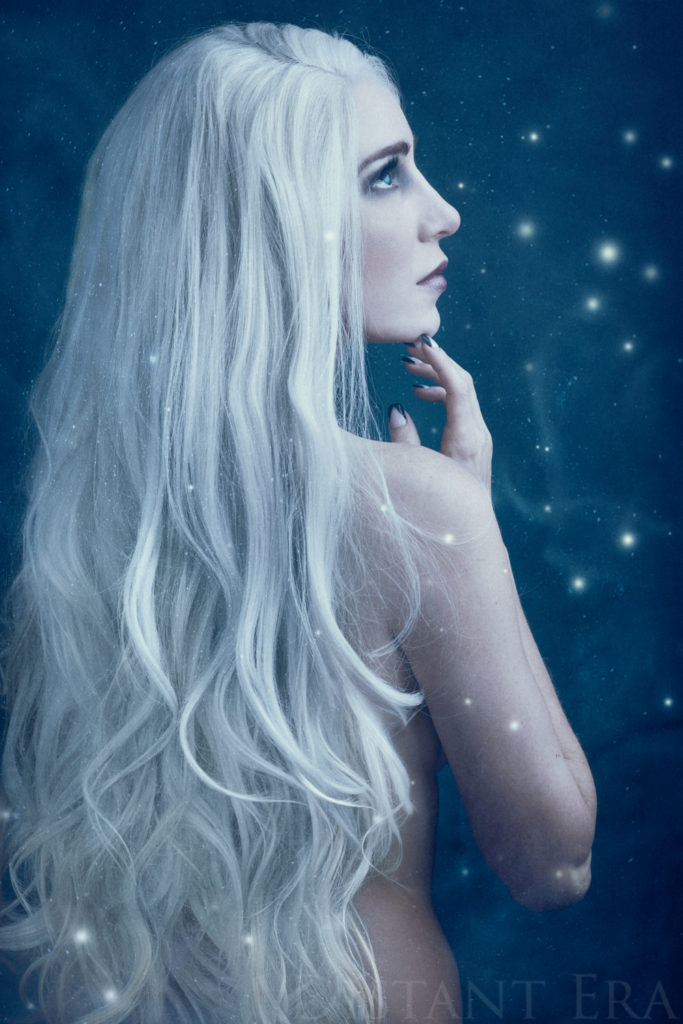
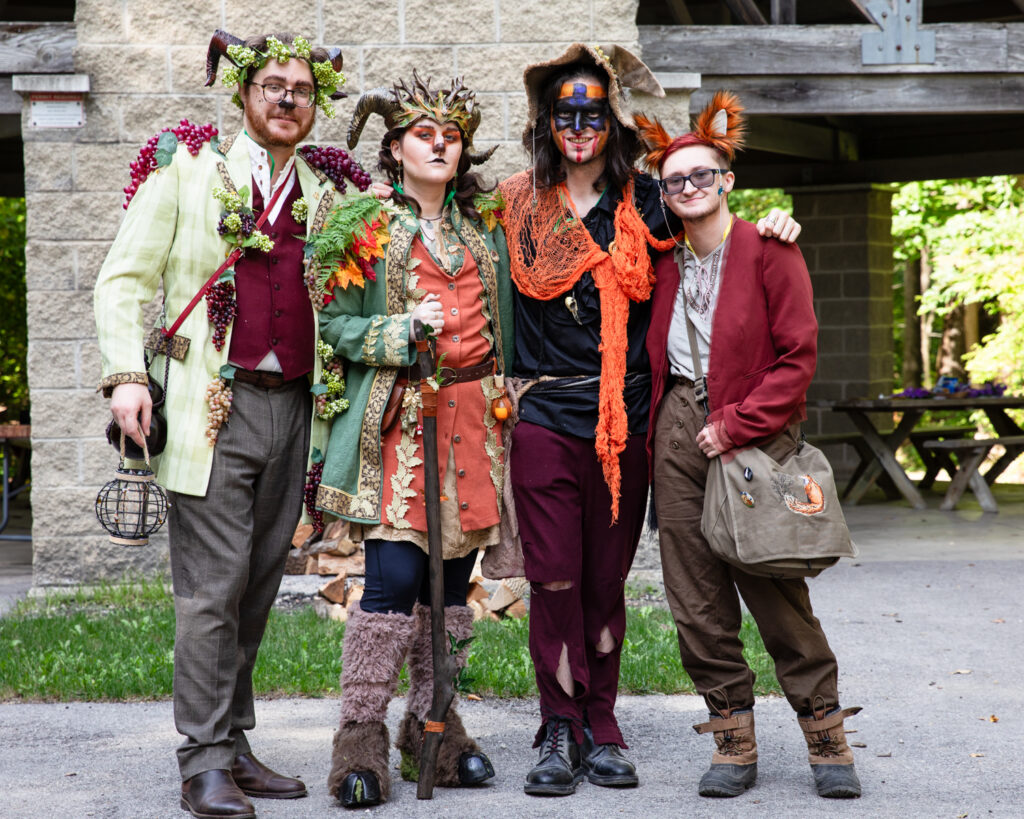
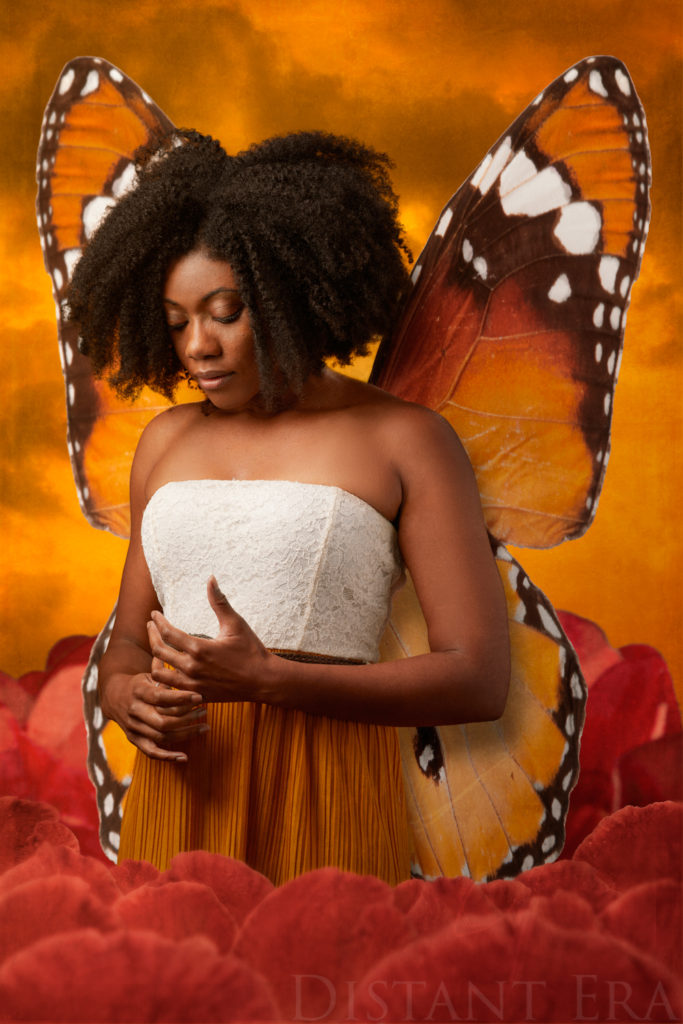
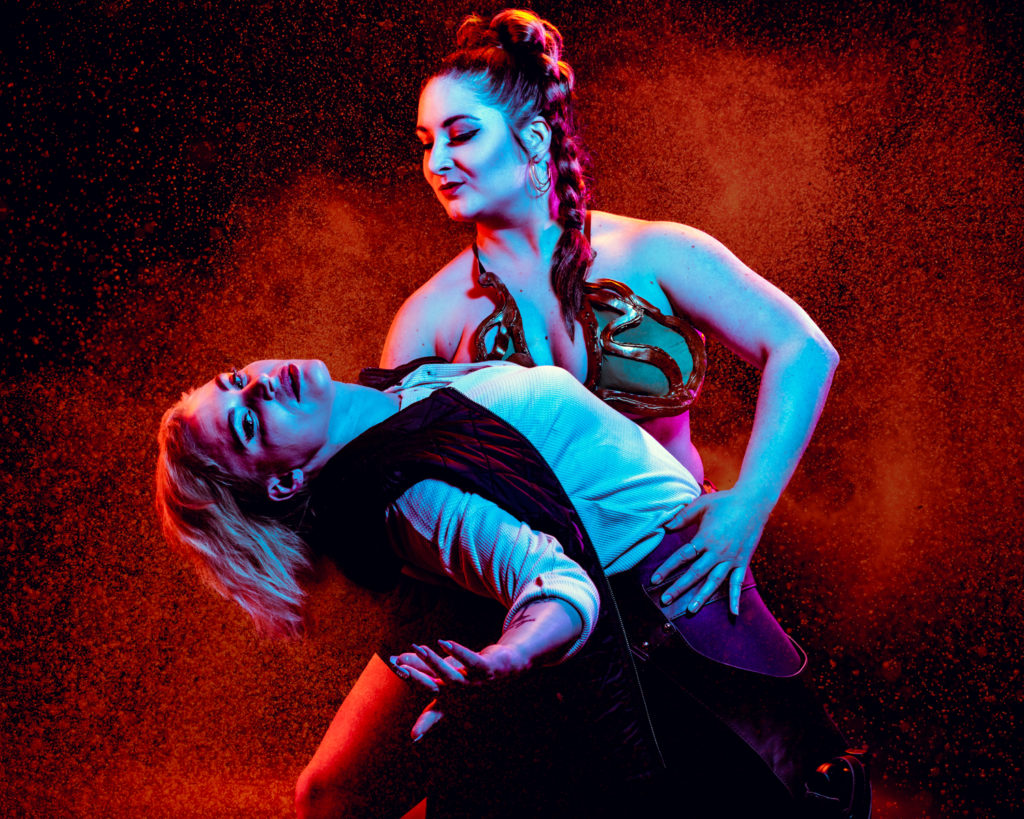
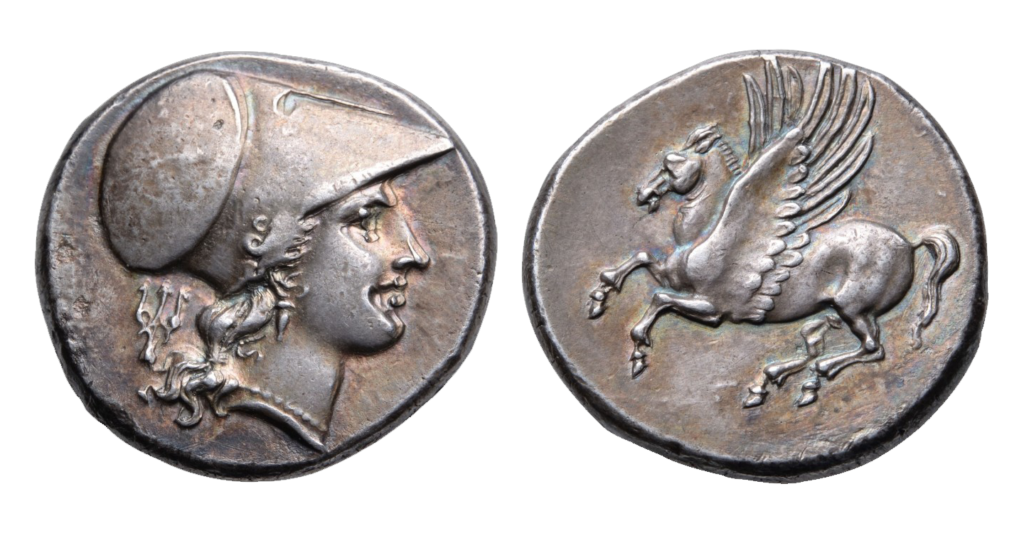
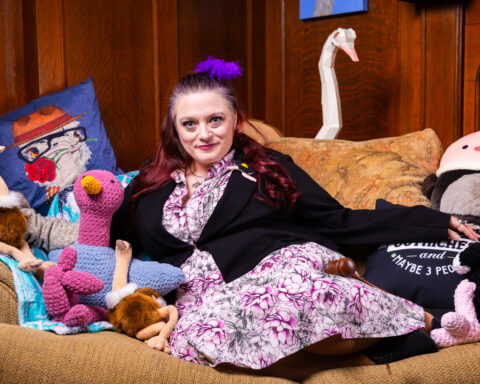


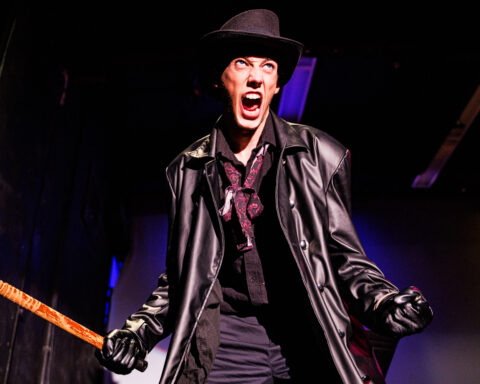
Follow Me